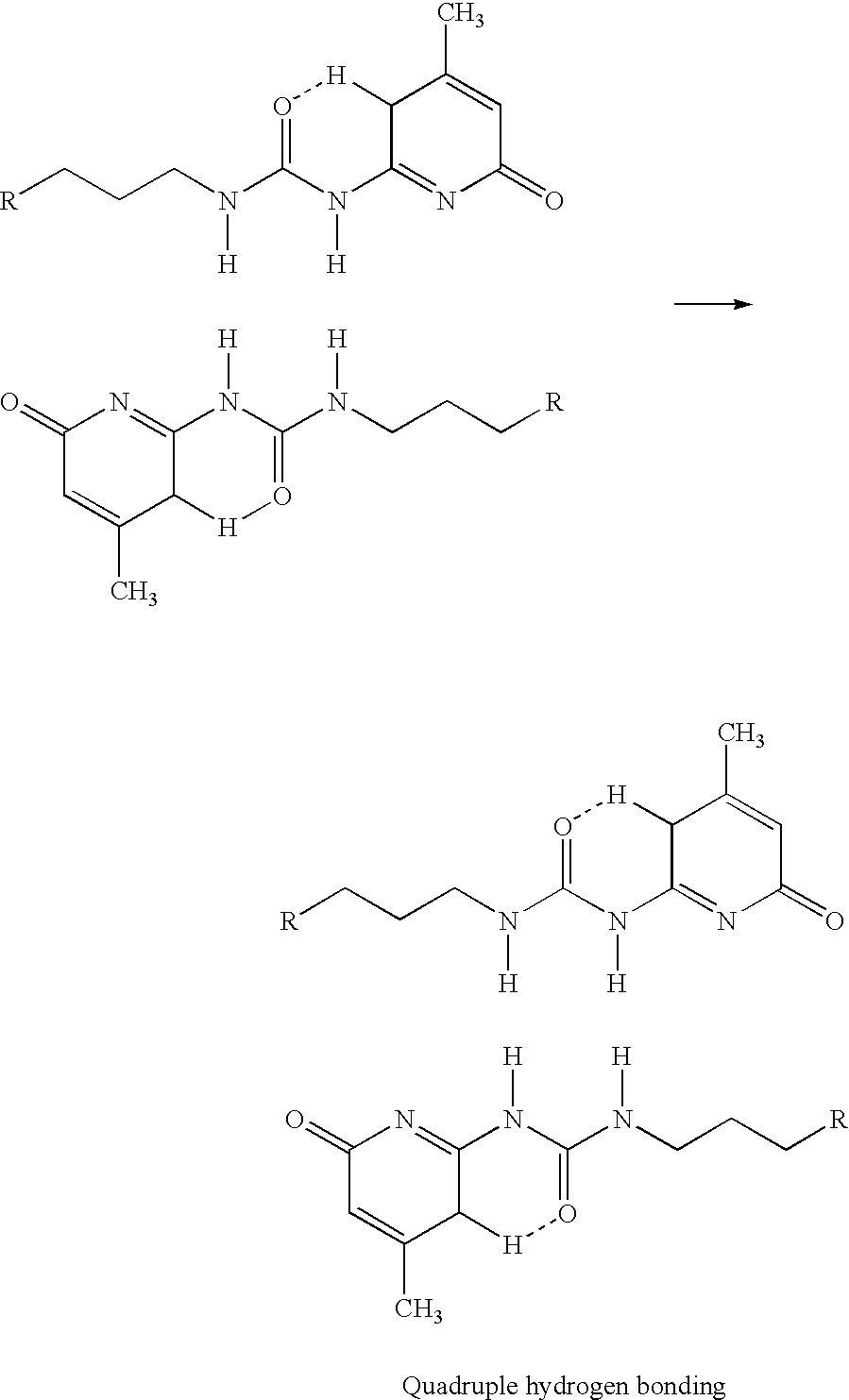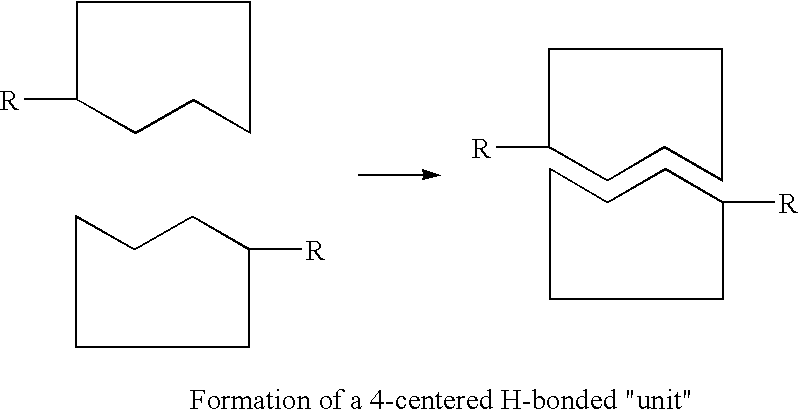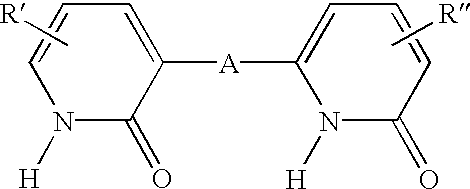Two-layer imageable element comprising thermally reversible polymers
a polymer and imageable technology, applied in the field of two-layer imageable elements, can solve the problems that none of the above references discloses the use of these polymers in thermal imaging, and achieve the effects of strong bonding, long press life, and increased resistance to press chemicals
- Summary
- Abstract
- Description
- Claims
- Application Information
AI Technical Summary
Benefits of technology
Problems solved by technology
Method used
Image
Examples
Embodiment Construction
[0028]Lithographic printing is based on the immiscibility of oil and water. Ink receptive areas are generated on the surface of a hydrophilic surface. When the surface is moistened with water and then ink is applied, the hydrophilic background areas retain the water and repel the ink. The ink receptive areas accept the ink and repel the water. The ink is transferred to the surface of a material upon which the image is to be reproduced. Typically, the ink is first transferred to an intermediate blanket, which in turn transfers the ink to the surface of the material upon which the image is thereafter reproduced.
[0029]Lithographic printing plate precursors, i.e., imageable elements, typically include a radiation-sensitive coating applied over the hydrophilic surface of a support material. If after exposure to radiation, the exposed regions of the coating become soluble and are removed in the developing process, revealing the underlying hydrophilic surface of the support, the plate is c...
PUM
| Property | Measurement | Unit |
|---|---|---|
| time | aaaaa | aaaaa |
| dwell time | aaaaa | aaaaa |
| dwell time | aaaaa | aaaaa |
Abstract
Description
Claims
Application Information
 Login to View More
Login to View More - R&D
- Intellectual Property
- Life Sciences
- Materials
- Tech Scout
- Unparalleled Data Quality
- Higher Quality Content
- 60% Fewer Hallucinations
Browse by: Latest US Patents, China's latest patents, Technical Efficacy Thesaurus, Application Domain, Technology Topic, Popular Technical Reports.
© 2025 PatSnap. All rights reserved.Legal|Privacy policy|Modern Slavery Act Transparency Statement|Sitemap|About US| Contact US: help@patsnap.com



